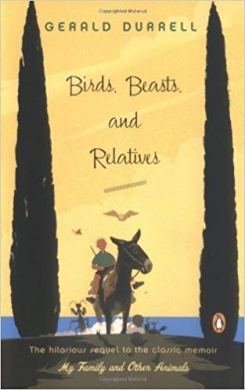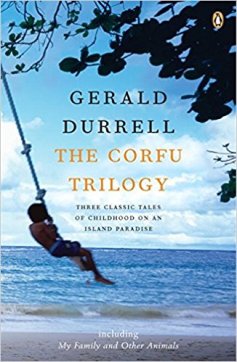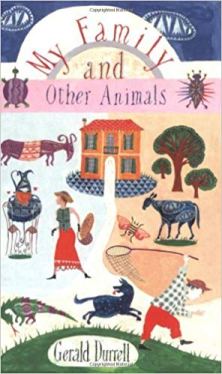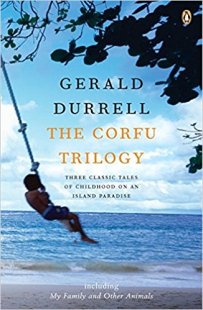 I am not much for reading letters and diaries, because I like story telling, even in nonfiction, rather than glimpses of a life. So, A Very Private Eye, a collection of Barbara Pym’s diary entries and letters, was probably not the best choice for me. Still, a good friend gave me the book, so I decided to read it.
I am not much for reading letters and diaries, because I like story telling, even in nonfiction, rather than glimpses of a life. So, A Very Private Eye, a collection of Barbara Pym’s diary entries and letters, was probably not the best choice for me. Still, a good friend gave me the book, so I decided to read it.
The book was both worse and better than I expected. It begins with Pym’s diary entries as she starts Oxford. In no time, she has embroiled herself with Henry Harvey, who treats her shamefully. Unfortunately, instead of telling him to bugger off like he deserves, she records her heart-rendings, which continue for years.
Next comes a series of letters to Harvey and his wife, and to other friends. I found the letters to the Harveys excruciating. She gives herself the identity of the spinster, Miss Pym, and writes about herself in the third person in a false, jokey tone with constant reminders of her single status. Very obvious. I would think the wife would have been wary.
I was just about to give up on her at around 100 pages in, when the book gets into the war and becomes much more interesting. Similarly, it gets more interesting as she ages, although she refers to a lot of people whose role in her life is not explained. (That would have been helpful, although each section begins with an explanatory introduction by the editors.)
She went through about ten years when no one would publish her books because they were no longer thought to be marketable. Then two prominent literary figures independently listed her as one of Britain’s most underrated authors. Her next books were published, and she was eventually shortlisted for the Booker Prize. I felt it was sad that this happened for her just a few years before she died.
Related Posts
I Know Why the Caged Bird Sings











